Sheet Metal Fabrication Tutorials
Tip courtesy of Design Optimization Consulting Services: “Here’s a tip that I’ve given to several people over the years concerning straightening out a sheared strip of material. It’s one of those things where you read it, and say to yourself, well that’s pretty obvious. But it’s something people never really think of at the time.”
The material is .074” CRS, say 24” long sheared to .5” strips. After being sheared into strips, the material curls from being pinched off of the sheet. Some shears are better than others, and this happens differently with different materials, thicknesses, etc… When it does happen, it can curl down the length of the strip, or twist a good 45 degrees from one end to the other. This can be pretty frustrating if you are planning to use this for a shim for whatever reason. You aren’t shearing a strip because you wanted a pretzel.
The fix is easy and only takes a second. Using a vice that is stationary, clamp approximately 1 inch of one end into the jaws, just snug enough not to go anywhere. Position it so it’s pointing toward your gut. Next, grab a set of vice grips, or use a C-clamp so you don’t mar the material, and clamp it down on the opposite end of the strip.
Twist in the opposite direction of the curl and presto! You’ve straightened out your strip. I told you it was easy.
How to Fabricate Sheet Metal
Sheet metal is a flattened piece of metal ranging in thickness from a 30 gauge, the thinnest, to an 8 gauge. Sheet metal is not only steel or aluminum, but any metal including gold, silver, platinum, copper, brass tin and nickel. Sheet metal can be fabricated into many useful and decorative objects around a home and shop. Fabricating sheet metal requires a few tools and close attention to detail for best results.
Steps
1. Make a scale drawing of your design on graph paper. Write out dimensions of each piece, including the gauge of the metal as well as the type of metal.
2 Order sheet metal. Allow approximately 10 percent extra to cover possible mistakes in calculating amount needed or in cutting.
3. Set up a work surface large enough to hold the finished design. Protect the surface of the table if necessary, as sheet metal edges are sharp.
4. Make a full size pattern of your design using paper or cardboard.
5. Make a complete mock up of your design before laying out and cutting into the sheet metal. If your design is for a flat decorative piece like a screen or an insert, you can use newspaper or newsprint. For dimensional designs, use cardboard. While it’s not strictly necessary to make a mock up of the design, it is an excellent way to find problems with the design before cutting into expensive sheet metal. You can piece smaller pieces of cardboard together with duct tape or masking tape to get the size you need. Appliance cartons are ideal for this purpose.
6. Wear heavy leather work gloves to protect your hands from cuts when you place the sheet metal on the work surface. Not only can the edges of the sheet metal cut your hands, the oil used to protect the surface of the metal from rust can irritate your skin.
7. Lay the pattern pieces on top of the sheet metal, secure them to the surface with tape and draw the outline with a sharp transfer pencil. Keep the transfer pencil sharp so that you have the thinnest, finest cutting line possible. You can also use a fine tipped awl, but keep it sharp by running it over a sharpening stone or nail file as needed.
8. Cut out the pieces using sharp metal cutting shears. A large and/or elaborate pattern may require more than 1 pair of shears to cut all the pieces.
9. Double check your measurements before cutting. If this sheet metal fabrication is your first project, you might want to cut your pieces just a shade larger. It’s a lot easier to trim or file off the excess than try to add strips to make it larger.
GET IN TOUCH WITH AN ARTISTIC ALLOYS EXPERT TODAY!
As one of the leaders in the custom metal fabricating industry, our experience paired your design ideas will ensure a finished product better than you had hoped for. We only use the highest quality metals in our projects, such as iron, steel, aluminum, brass, copper and zinc. Start your metal fabrication project by simply giving us a call today at 480-941-2611.



